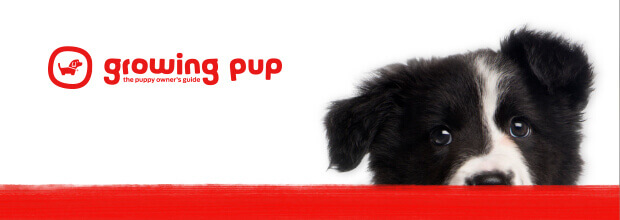Like many of the designer crossbreeds, the Malshi originated in the United States in a quest to find a small companion dog that would fit into any family’s lifestyle no matter how small their home and garden.
The two breeds that go into the formation of the Malshi are the Maltese and the Shih Tzu.
Maltese
Country of Origin: Malta
This is one of the earliest of the small companion dog breeds and they may well have existed in Malta for hundreds of years although the earliest records are from the early 1800s where they became known as lapdogs of the nobility and were frequently seen in paintings of the time. Throughout the 19th and 20th centuries they became increasingly popular both in Malta and wider afield, and thanks to both their appearance and their temperament they quickly found fans around the world, first appearing as a show dog in England in 1859.
Shih Tzu
Country of Origin: China
The Shih Tzu we know and love today is itself an ancient crossbreed having been created within the walls of the Forbidden City in the 17th century from crossing the Lhasa Apso from the monasteries of Tibet with an early form of the Pekinese.
The resulting dogs, called Lhasa Lion Dogs, remained hidden away from the eyes of the West until the 20th century when the Peking Kennel Club was formed and the Lhasa Lion Dogs were shown for the first time alongside the Lhasa Apso.
It wasn’t until the 1930s that these dogs found their way to England but it was clear they were quite different from Lhasa Apso. The types that had the rounder skull and short muzzle became known as the Shih Tzu and a breed in their own right.
The Malshi can have any combination of the two breeds in their appearance, behaviour and temperament.












